This story was written in collaboration with Zoona Javed, a student at The University of Peshawar.
Pakistani fashion industry has blossomed from a young, small and hindered industry to one that is booming with an estimated worth of US$7.3 billion. Rewind back to the early 2000s and the fashion industry was still relatively unknown, primarily recognised for bridal wear, but not much else.
The establishment of industry bodies such as the Pakistan Fashion Design Council (PFDC) sparked the beginning of growth and fashion freedom for Pakistani women and designers.
The Council was formed with the aim to facilitate Pakistani designers by representing and promoting them within Pakistan and abroad.
Zarmina Orakzai, marketing officer for the University of Engineering and Technology (UET) in Peshawar and independent clothing designer, said the council has helped to “remove taboo culture” that is attached to fashion. Through its strong focus on production, retail and marketing the PFDC has made fashion more accessible to the general public.
Shaheena, co-designer to Nilofer Shahid said the PFDC “changed the industry in many ways” facilitating growth and creating opportunities for designers. It has expanded from a single-tier platform to multi-tier, with separate shows for Textile, High Street, Luxury and Bridal couture across Lahore and Karachi.
The success of the PFDC initiatives opened Pakistan to the international market, and consequently to Western influence.
Despite the prevailing notion of conservative dressing, the designs and collections produced by Pakistan are evidence of a creative fusion of East and West fashion. The change in fashion designs and style is largely due to influence from “Hollywood,” Pakistan Fashion Blogger Zahra Azam said.
Although there may be a one to two-year delay major Pakistan designers, brands and celebrities are often seen wearing Hollywood trends.
The traditional wear of Shalwar Kameez which is a combination of loose trousers and a long shirt, has been supplemented with skinny jeans and skirts paired with tops or button-up shirts. Hollywood-inspired style such as nude and bright colours, off-the-shoulder and strapless dresses are seen in cities such as Islamabad, Lahore and Karachi Orakzai said.
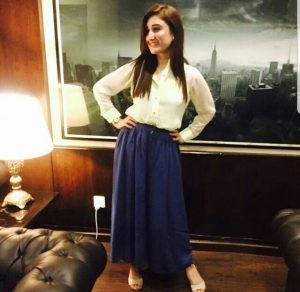
Zarmina Orakzai. Image via Instagram.
Although Hollywood influence on the fashion industry creates a lot of excitement, it also causes trepidation for others with fears over a loss of Pakistani culture.
“In some ways it has made us lose our individuality and cultural heritage,” Azam said.
Azam noted that designers should adapt Hollywood trends and styles into Pakistan’s unique fashion and culture rather than simply copying Hollywood trends.
Sources of Western influence have evolved from television shows and films, to social media, bloggers and the internet.
Shaheena said she believed social media was of crucial importance to the industry as it provided the general public with “information on new fashion trends.”
An article published by the Huffington Post commented that the “army of bloggers and social media celebrities” had the power to create an impact on society with their gift in dishing out good online content. Expatriate bloggers such as Shay Mirza have considerable influence bringing Western trends to Pakistani audiences via digital channels.
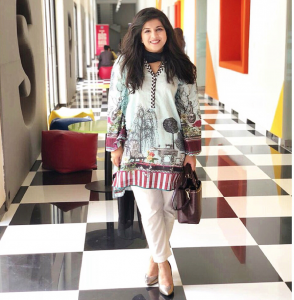
Zahra Azam. Image via Instagram.
It’s not just influencers and bloggers who have taken to social media to be icons of fashion but brands such as Cross Stitch and Leisure Club have also reaped success from the social networking platform to advertise their clothing collections.
With a strong domestic presence to support it, the Pakistan fashion industry has expanded beyond borders, with garment exports making up 17% of total exports and earning US$4 billion for the economy.
Many parts of the world have been influenced by Pakistani designers and fashion including Italy, Britain, France and America. High-end designers such as Versace, Gucci and Christian Dior as well as fast-fashion retailers including Forever 21, Topshop and Zara have produced Pakistani inspired garments.
Western designers have incorporated Pakistani Shalwar Kameez in their designs through pairing long, tunic-style shirts with trousers.
Pakistani designers such as HSY, Nilofer Shahid, Rani Emaan and Shehzil Malik are at the forefront of change according to Shaheena.
Pakistan has positively aligned itself with a creative and diverse industry that is constantly experiencing change. The industry’s progression is evident through the creative designs and successful fashion shows now coming out of Pakistan, as well as it’s global influence and strong economic contribution.
Feature Photo by Hassan Wasim via Unsplash

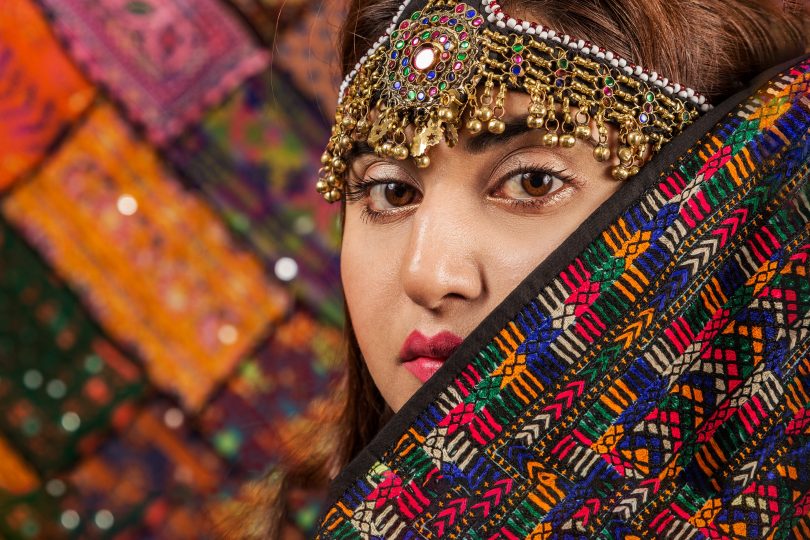

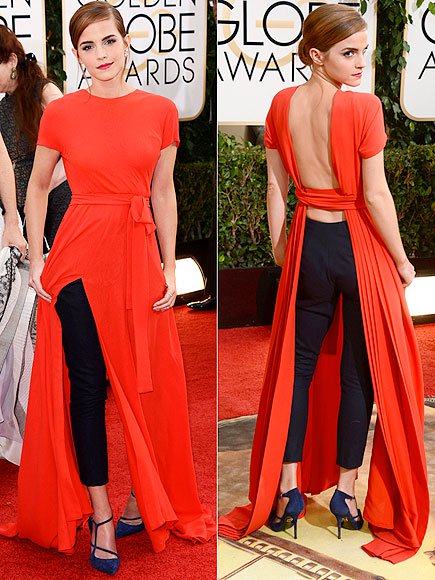
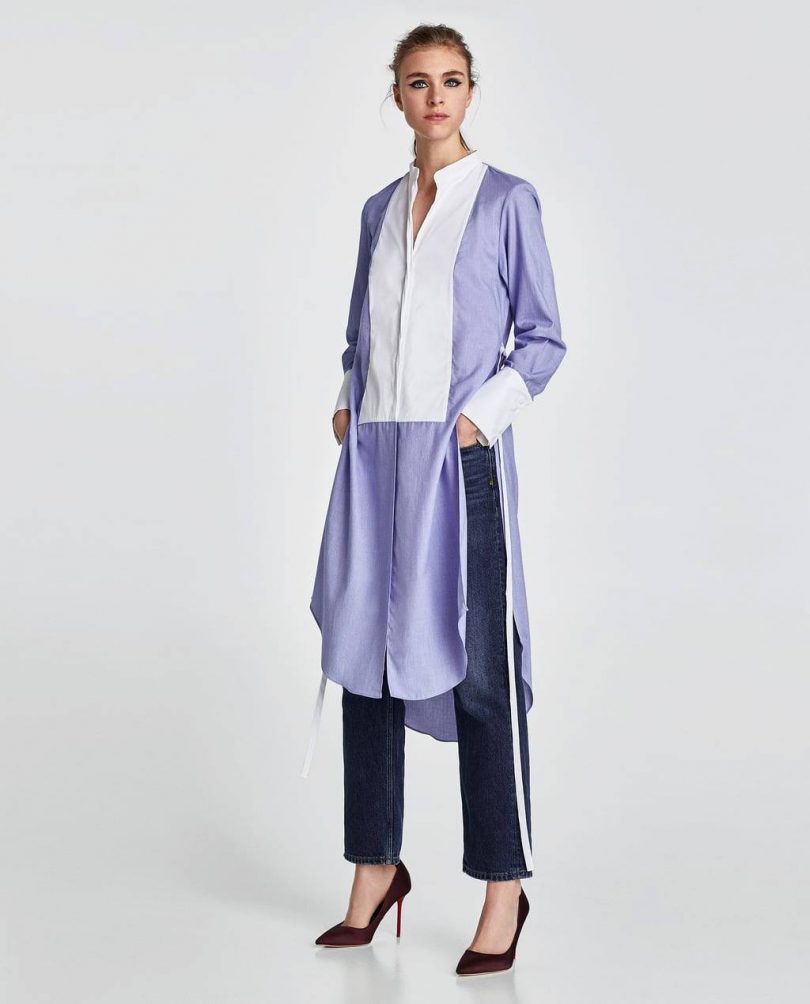
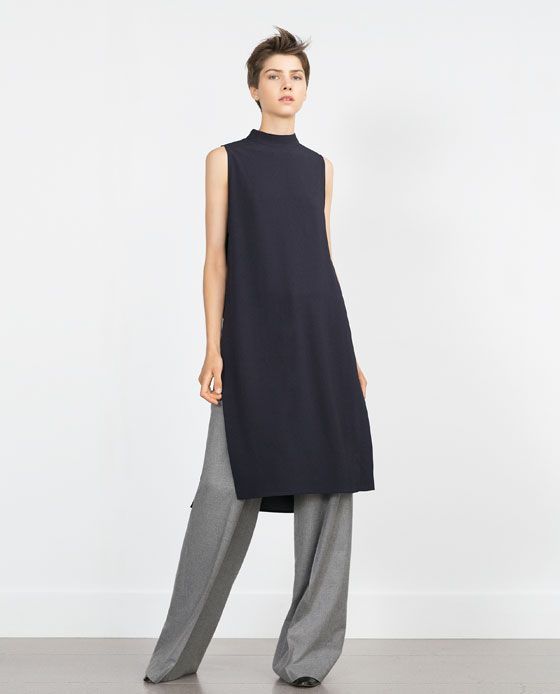






Unwrap!! Unwrap!! Unwrap!!
amazing article on latest fashion trends in Pakistan
Rehan’s Collections – Online women clothing store